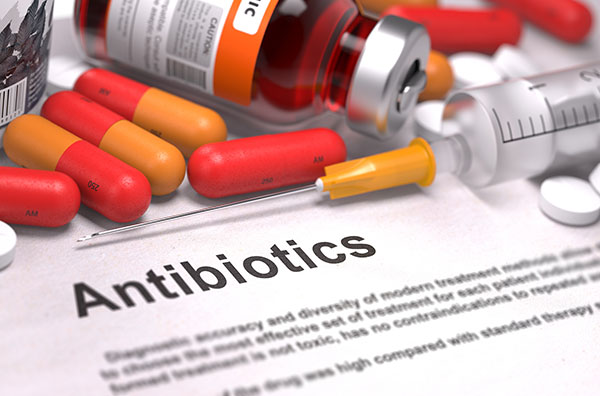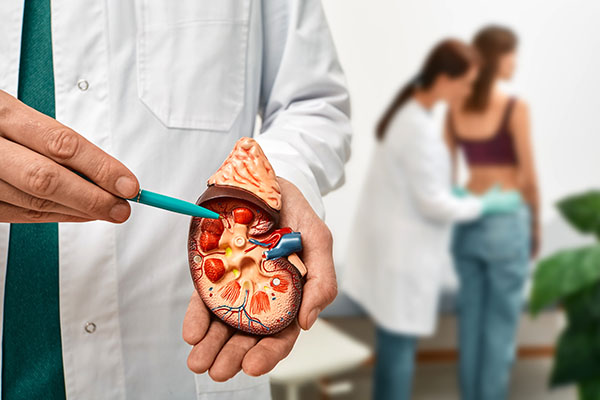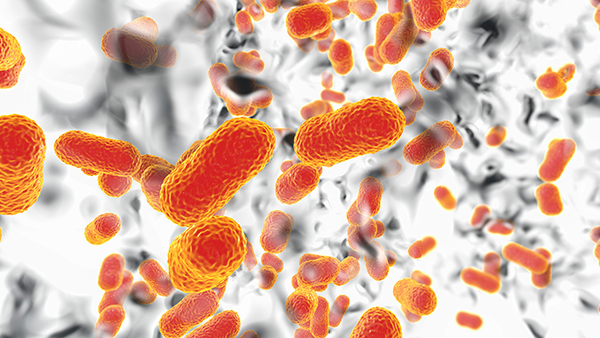
The scientific community has long established that bacteria show different activities in space than when they are on Earth. Likewise, researchers have known that it takes higher antibiotic doses to eliminate them.
It was also generally believed that microorganisms are too small to be affected by the lack of gravity in space. However, it was inferred that these microorganisms may be indirectly affected by changes in the fluid boundary layer around the cell due to the absence of gravity-driven convective flow.
A team of researchers at the University of Colorado Boulder's BioServe Space Technologies then examined this effect by designing an experiment on the common E.coli bacteria aboard the International Space Station (ISS).
"The low gravity of space provides a unique test bed for developing new techniques, products and processes that can benefit not only astronauts, but also people on Earth. In space, for example, scientists can learn more about biochemical changes in various cells and organisms that the force of gravity on Earth may be masking," said Louis Stodieck, research professor in the Ann and H.J. Smead Aerospace Engineering Sciences.
The experiment's specifications and results
The experiment was launched in 2014 when a commercial Orbital Sciences Cygnus spacecraft flew the materials to the space station, which included specimens of the E.coli bacteria.
The research team then used BioServe-built hardware such as high-tech incubators and test tubes to culture the bacteria for 49 hours. The scientists then treated the bacteria with seven concentrations of gentamicin sulfatem, an antibiotic that effectively kills them on Earth.
Likewise, a control experiment was carried out on Earth to compare how the bacteria reacted to varying environments. A commercial SpaceX Dragon spacecraft flew the samples back to Earth a few months later.
The results showed that the bacteria treated on the ISS exhibited a 13-fold increase in cell numbers and a 73 percent decrease in cell volume size. The study also revealed that the bacteria's cell envelope, which contains the cell wall and outer membrane, displayed a significant increase in thickness.
According the the lead researcher, the bacteria may have increased their cell envelop to protect against the drugs. Likewise, the bacteria grew outer membrane vesicles in order to communicate with each other.
"Both the increase in cell envelope thickness and in the outer membrane vesicles may be indicative of drug resistance mechanisms being activated in the spaceflight samples. And this experiment and others like it give us the opportunity to better understand how bacteria become resistant to antibiotics here on Earth," lead researcher Luis Zea said in a Daily Mail article.
The researchers stressed the importance of developing antibiotics that could effectively kill bacteria, even through their mutation in space, to boost human space exploration. The findings may also provide an overview on how earth-bound bacteria respond to certain drug treatments, the scientists said.
"By default, bacteria will accompany humans in our exploration of space. The average healthy individual carries trillions of microorganisms in and on their body, outnumbering human cells. This human microbiome includes opportunistic pathogens, microbes that do not normally cause disease in a healthy person but can provoke an infection when the person’s immune system is suppressed, a concern known to occur during spaceflight...The increased cell aggregation of bacteria and fungi observed in space, and its association with biofilm formation and potentially with enhanced conjugation, may therefore present deleterious effects for long-term human spaceflight and warrant further studying of these phenomena,” the researchers wrote in Newsweek online.
Sources include:
Please contact us for more information.























